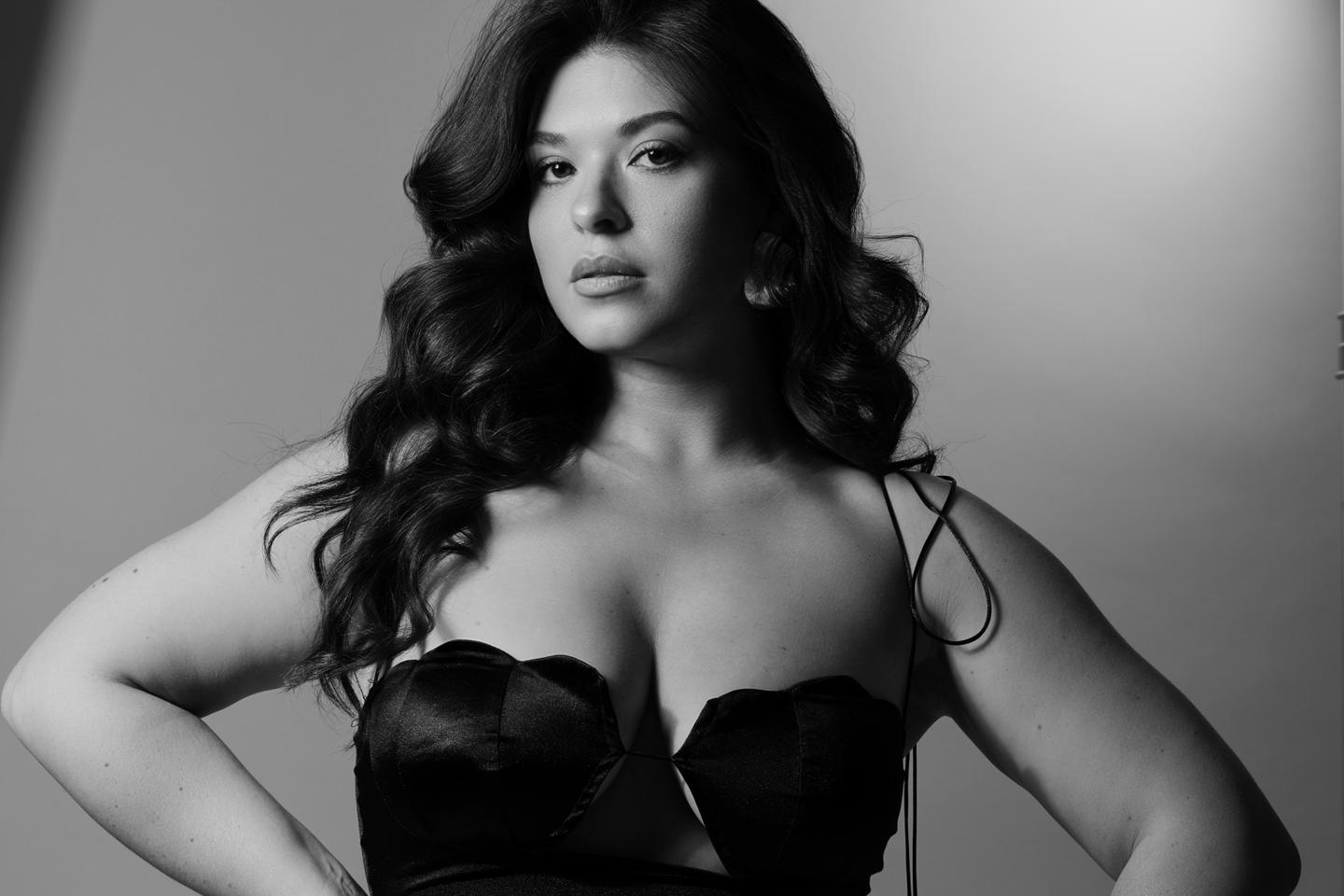


"I used to be on a plane all the time," recalled plus-size model Sané Lou. "Now, I've spent the past year on my couch." The return of thinness as the fashion standard has undermined the position of plus-size models in France. Like many of her peers, Sané Lou is now retraining for a new profession. After seeing her modeling income drop tenfold over five years, she returned to school at age 32 and is preparing to leave the country.
The 2010s saw fashion campaigns diversify their representations as the body positivity movement – championing acceptance of all body types – gained momentum. Since then, the tide has turned. "There was a peak of inclusivity in fashion in 2019 and 2020," explained Aude Perceval, a recruiter at Plus, the leading plus-size modeling agency in France. "Now, our models work less, and they're no longer doing luxury jobs, but rather fast fashion or beauty," she lamented from her office overlooking the rooftops of Paris.
The weight-loss drug Ozempic and similar medications (anti-diabetics repurposed as appetite suppressants), which some 12% of Americans have tried according to a KFF institute survey, contributed to this shift. The fragile economic situation in ready-to-wear fashion and poor results in the luxury sector after the Covid-19 pandemic have also played a role: The industry now views casting plus-size models as a risk to be avoided in times of crisis.
The indicators of inclusivity have turned red. In 2020, 2.8% of models at the spring-summer fashion week were non-standard sizes (size 38 and up), compared to just 0.8% in 2025, according to the online media outlet Refinery29, which based its findings on the Vogue Business spring-summer 2025 roundup and The Fashion Spot's spring-summer 2020 "diversity report."
You have 67.99% of this article left to read. The rest is for subscribers only.
